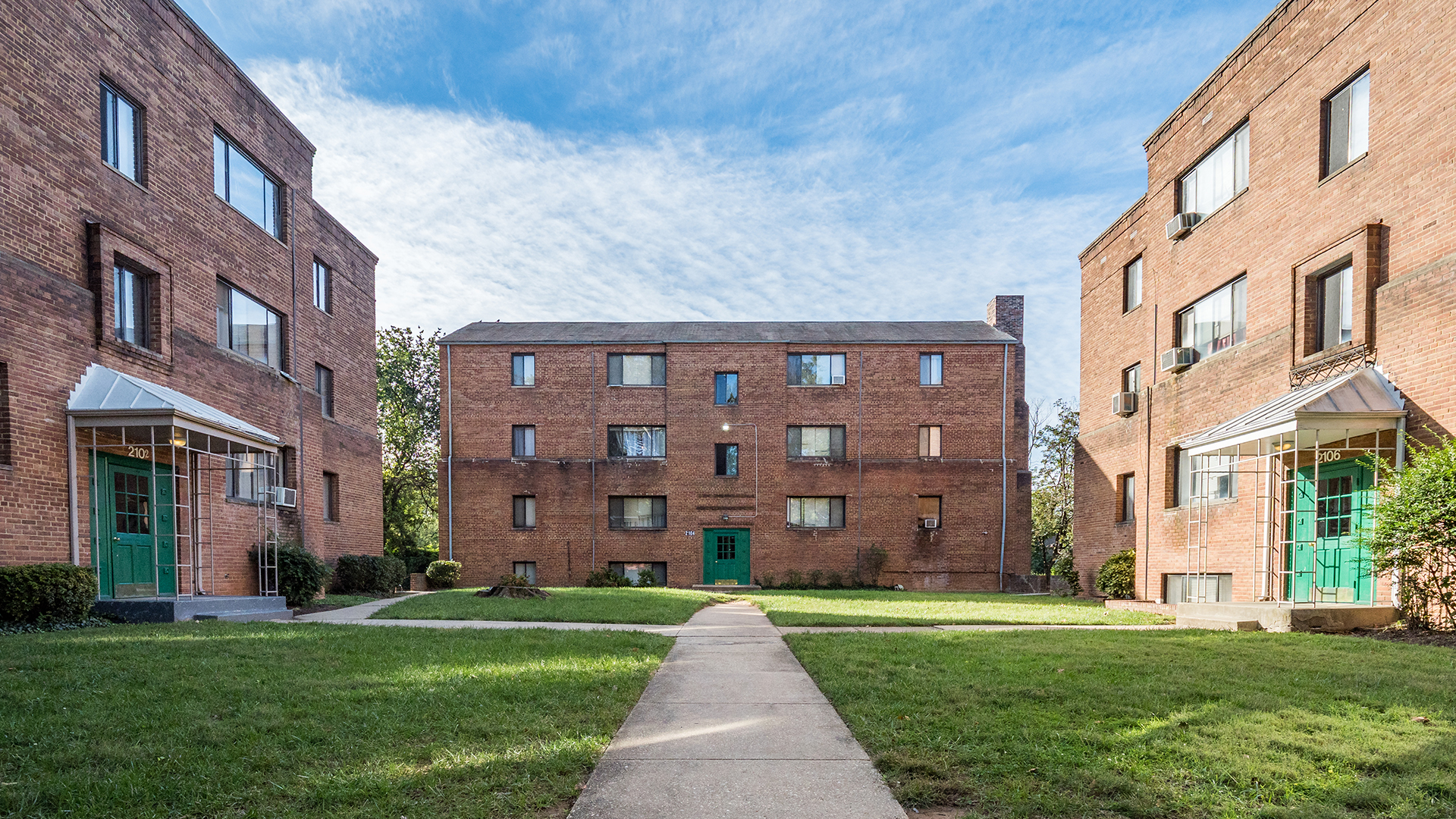The Housing Needs Assessment provides the background necessary to develop a comprehensive housing policy that meets the needs of current and future residents. The Housing Needs Assessment will help inform an updated set of housing principles, goals, targets, strategies, and priorities to be adopted via the General Plan, Thrive Montgomery 2050 and the 2020 update of the Subdivision Staging Policy.
The Housing Needs Assessment has two components: an analysis of current demographic, economic and housing market conditions in the county, as a well a detailed household and housing demand forecast for the county out to 2045.
Staff presented detailed findings from the study to the Montgomery County Planning Board on April 2, 2020.
Key Findings
Planners kicked off the Housing Needs Assessment project in Winter 2019 and developed it with consultants HR&A Advisors and LSA Planning. The assessment has two components:
- An analysis of current demographic, economic and housing market conditions in the county;
- A detailed housing demand forecast for the county through 2045.
Current demographic, economic and housing market conditions
Demographic, economic and housing market conditions analysis:
- Since 2010, the Washington, D.C., region has added more than 150,000 households. Montgomery County captured only 5 percent of that growth, having one of the lowest growth rates in the region.
- 1 out of every 2 new households is low-income (earning under $50,000 a year), which means the county is capturing an outsized share of low-income households.
- The income needed to afford the median-priced home is rising faster than the median household income. In 2018, the household income required to afford the median home was $125,621, which is above the 2018 median household income of $108,188.
Analysis of existing housing supply and demand conditions:
- Between 2014 and 2018, housing supply tightened rapidly for households earning less than 65 percent of Area Median Income (AMI). In 2014 there was a 5,700-unit surplus of housing at 65 percent AMI, however, in 2018 that number receded to 800 units.
- Every submarket in Montgomery County faces a supply gap for households earning up to 60 percent AMI.
- Submarkets with relatively affordable stock have also faced the most significant pricing pressure, leading to the loss of affordably priced units.
Housing need forecasts
The housing need forecasts produced for Montgomery County account for both demographic trends and future economic growth in Montgomery County and the greater Washington, D.C., region. This methodology more directly accounts for shifts in the structure of the economy as well as commuting patterns throughout the region.
These forecasts reflect the expected 2020 economic recession, as well as age distribution of new workers, distribution of wages of jobs by industry sector, household types, including the number of adults and children and the number of workers per household. It also takes into account assumptions about housing tenure (i.e. owner/renter) and housing type (i.e. single-family/multifamily) by household income and household type.
Key findings from the forecast of future housing needs for Montgomery County:
- Between 2020 and 2040, the county is expected to add more than 60,000 new households. This number includes both working and non-working households, specifically new residents who are seniors or persons with disabilities.
- More than half of the new housing needed to accommodate new households over the 2020 to 2040 period is projected to be multifamily rental housing (including apartment and townhome/duplex/triplex/quadplex rentals).
- Planners expect that the greatest shares of new households in the 2020 to 2040 period will have incomes between $25,000 and $49,999 (26.6 percent) and $125,000 and over (23.9 percent).


